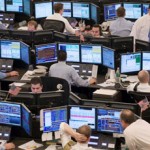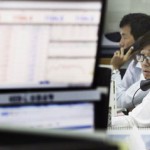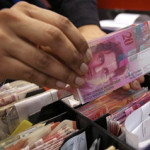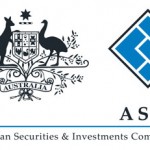10 Forex Concepts You Need to Understand
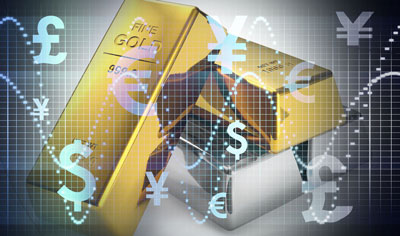
The foreign exchange (forex, FX for short) is the world’s most liquid financial market, with a daily turnover of $5.3 trillion(1). Each day, governments, multinational corporations, banks, investors and traders exchange currencies on the open market to facilitate trade, hedge against currency exposure and capitalize on floating exchange rates. If you’re interested in becoming a forex trader, you should memorize and understand the following ten concepts. You will hear them over and over again throughout your trading career.
1. Currency pair
A currency pair is the security that is transacted in the forex market. It consists of two national or regional currencies traded against one another. For example, the GBP/USD tells an investor how many US dollars (USD) are needed to purchase one British pound (GBP). The first currency in a currency pair is called the base currency and the second is referred to as the quote currency.
2. The Majors
The first concept introduced you to the US dollar, which comprises around 87% of total forex transactions each day(2). The US dollar (USD) is one of eight major currencies. The other majors include the euro (EUR), Japanese yen (JPY) UK pound (GBP), Swiss franc (CHF), Canadian dollar (CAD), Australian dollar (AUD) and New Zealand dollar (NZD). In forex trading, the four most commonly traded currency pairs are the EUR/USD, USD/JPY, GBP/USD and USD/CHF.
3. Pip
In currency trading, a pip measures the smallest amount of change in the value of a currency pair. For currency pairs quoted to four decimal places, one pips is equal to 0.0001. This is generally the case across most currency pairs, except Japanese yen-based pairs, which are displayed to two decimal places (0.01).
4. Spread
The bid/ask spread is the difference between the highest price that a trader is willing to pay for a currency pair and the lowest price for which a trader is prepared to sell it. The bid/offer spread are used in all types of financial trading and is considered a key measure of market liquidity.
5. Margin and leverage
Margin refers to the amount of money a forex trader may borrow from a brokerage in order to increase their possible return on investment. The collateral that is used by the trader to increase their possible return on investment is called leverage. In other words, a margin account creates leverage by offering the trader more capital to control a larger position. Leverage is usually expressed as a ratio (e.g. 100:1).
6. Lot size
In forex trading, a lot size is the size of a trading position. It can be thought of as a pack of units in a trade. Currency pairs are usually traded in 100,000 unit lots of the base currency. This is referred to as a standard lot. In other words, a standard lot is a bundle of 100,000 units of the base currency. Some brokers allow currency pairs to be traded in units of 10,000 (mini lots) or 1,000 (micro lots).
7. Technical analysis
Technical analysis is the use of past data, such as price action and volume, to predict future price movements for currency pairs. There are literally dozens of currency analysis methodologies used by traders to predict future prices.
8. Fundamental analysis
Fundamental analysis examines economic, financial and other factors to measure the intrinsic value and future price movement of a currency pair. Fundamental analysts use things like central bank press releases and economic data to measure the value of currency pairs.
9. Monetary policy and interest rates
Monetary policy refers to the actions carried out by central banks and is a critical part of fundamental analysis. Central banks set interest rates (the cost of borrowing money), which play a critical role in the economy. Interest rates also impact the strength of national currencies. For this reason, the forex market is heavily involved in speculating about monetary policy and whether central banks will raise or lower interest rates.
10. Economic calendar
The forex market is heavily influenced by the economic calendar, which is a calendar used to track the occurrence of market-moving events like economic data, important speeches and monetary policy meetings. The events listed on the economic calendar can have a minor, moderate and major impact on the financial markets.
(1) Bank for International Settlements (2013). Foreign exchange turnover in April 2013: preliminary global results.
(2) Ibid.
Find more: Contributing Authors









